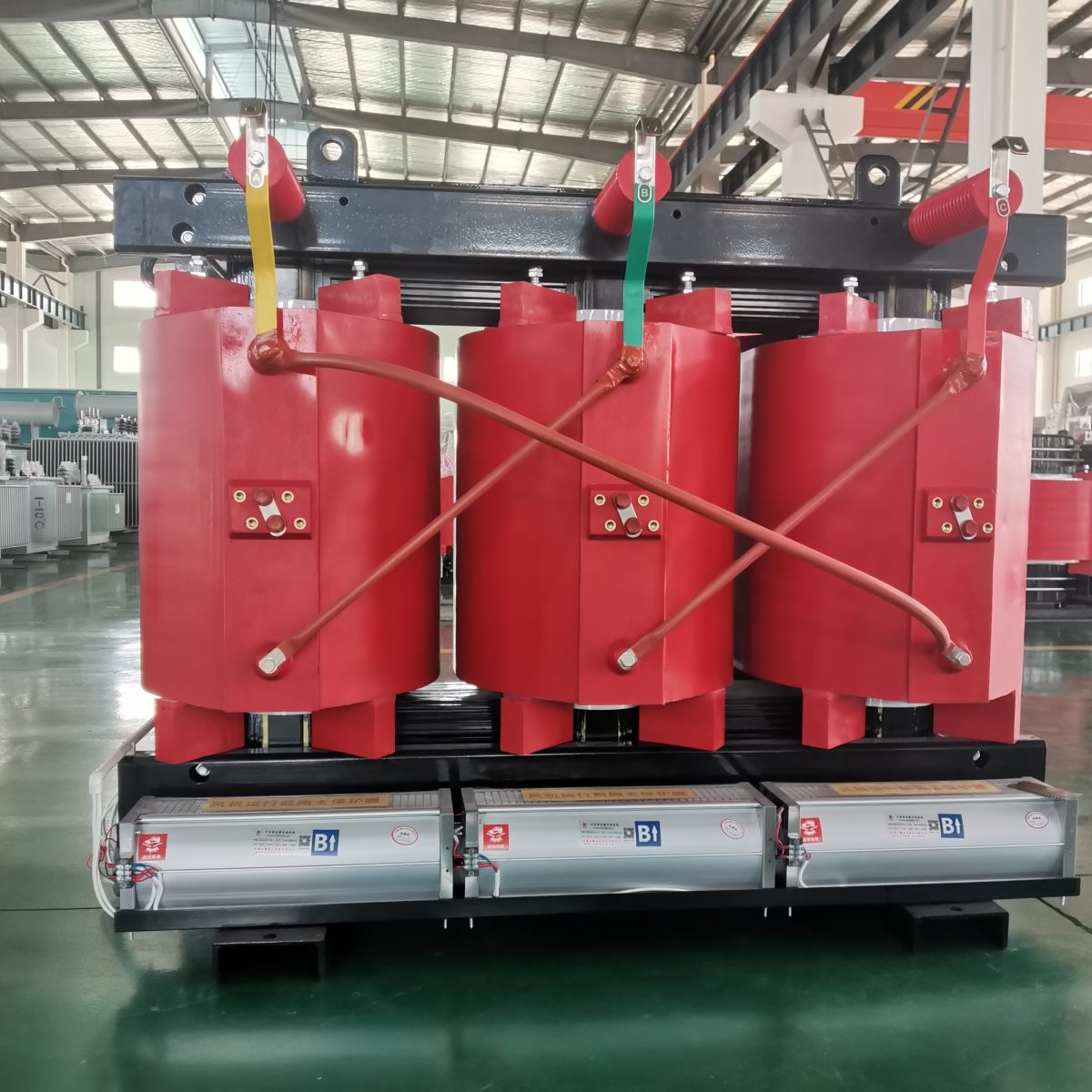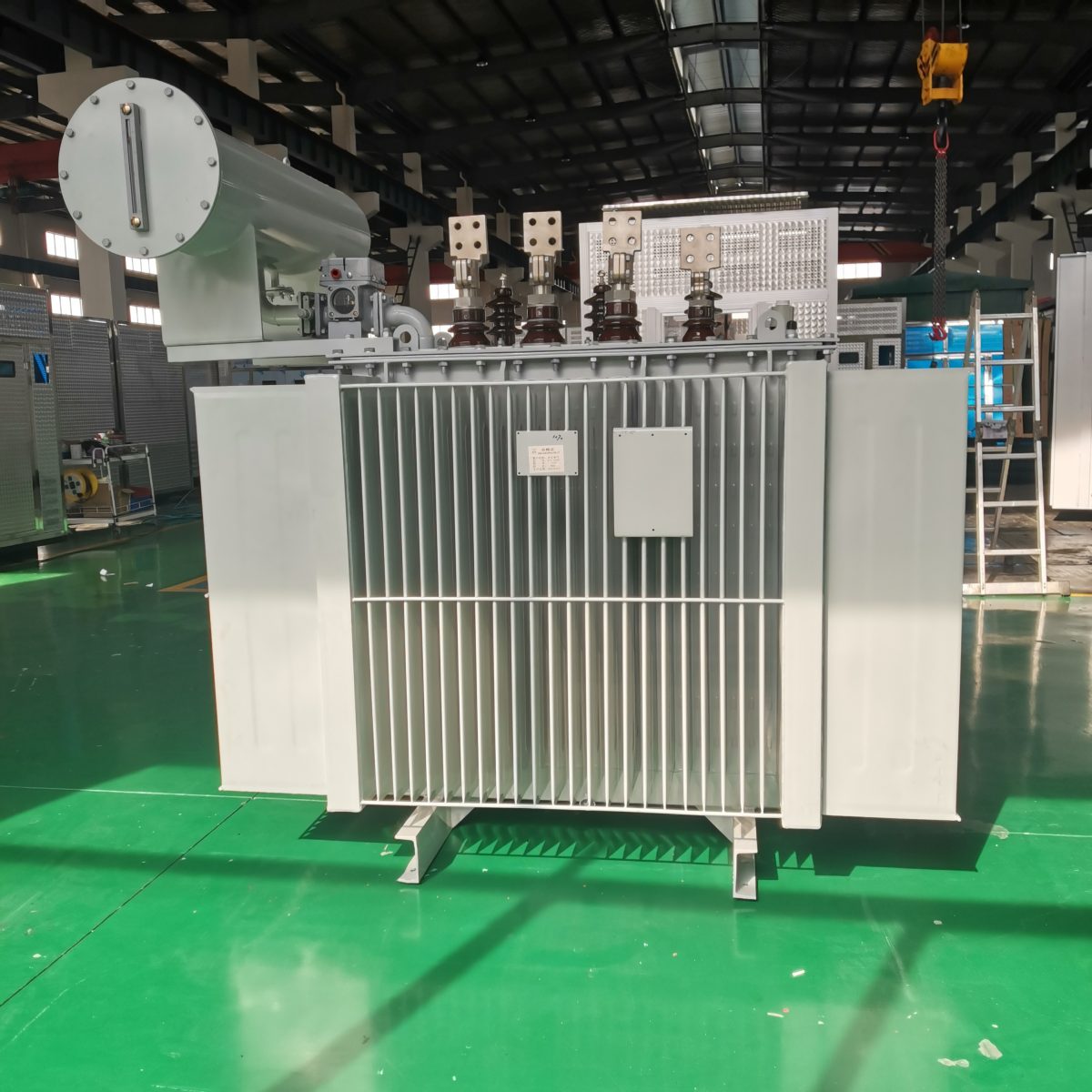- Appearance
The packaging forms are different. For dry-type transformers, the core and coil can be directly seen, while for oil-type transformers, only the shell of the transformer can be seen;
- Different lead forms
Most dry-type transformers use silicone rubber bushings, while most oil-type transformers use porcelain bushings;
- Different capacities and voltages
Dry-type transformers are generally suitable for power distribution. Most of the capacities are below 1600KVA and the voltage is below 10KV. Some of them can reach 35KV voltage level. However, oil-type transformers can have full capacity from small to large and all voltage levels. Voltage; the ultra-high voltage 1000KV test line under construction in our country must use oil-type transformers.
- Insulation and heat dissipation are different
Dry-type transformers are generally insulated with resin and are cooled by natural air. Large capacities are cooled by fans, while oil-type transformers are insulated by insulating oil. The circulation of insulating oil inside the transformer transfers the heat generated by the coil to the radiator (sheet) of the transformer. for heat dissipation.
- Applicable places
Dry-type transformers are mostly used in places that require “fire protection and explosion-proof”, and are generally easy to use in large buildings and high-rise buildings; while oil-type transformers are mostly used outdoors because oil may spurt out or leak after an “accident”, causing a fire. And there are places where “accident oil pools” are dug.
- Different load bearing capabilities
Generally, dry-type transformers should operate at rated capacity, while oil-type transformers have better overload capabilities.
- The cost is different
For transformers of the same capacity, the purchase price of dry-type transformers is much higher than that of oil-type transformers.
 VS
VS 
Advantages and disadvantages of dry-type transformers and oil-immersed transformers:
(1) In terms of price, dry transformers are more expensive than oil transformers.
(2) In terms of capacity, large-capacity oils produce more oil than dry ones.
(3) Dry transformers need to be used in comprehensive buildings (basements, floors, roofs, etc.) and in crowded places. Oil transformers are used in independent substations.
(4) The transformer inside the box-type transformer is generally a box-type transformer. Oil transformers are generally used for temporary outdoor electricity use.
(5) During construction, dry and oil transformers are selected according to the space. When the space is large, oil transformers can be selected, and when the space is crowded, dry transformers can be selected.
(6) The regional climate is relatively humid and hot, and it is easy to use oil. If dry conversion is used, forced air cooling equipment must be installed.


